It’s time to think about hummingbirds? Now?
Sure, it may be winter, but I’m watching for an almost magical green shimmer hovering and zipping among the first flowers of spring.
That’s right, it’s almost time to hang your hummingbird feeders. Ruby-throated Hummingbirds have already been sighted in the southern U.S. and will arrive in more Eastern US states in the coming months.
“It’s as if Tinkerbell came to life,” says Elizabeth Howard, founder and director of Journey North, a non-profit that works to track wildlife migrations. “As a kid, most things aren’t quite what you thought, but hummingbirds are even better.”
You can help scientists learn more about these birds and their daunting migration (some cross the Gulf of Mexico — 500 miles in a matter of hours!) by tracking them with Hummingbirds on Journey North.
With so many people observing, scientists can learn new things about what drives hummingbird migrations (daylight, food sources, temperature?), how fast and far hummingbirds fly, and what they need to survive the trip.
Migration in a Changing World
Ruby-throated Hummingbirds may seem like a common species of little concern, but as climate changes, scientists are concerned that their migration may fall out of synch with food sources. Every calorie counts for hummingbirds on their grueling migration.
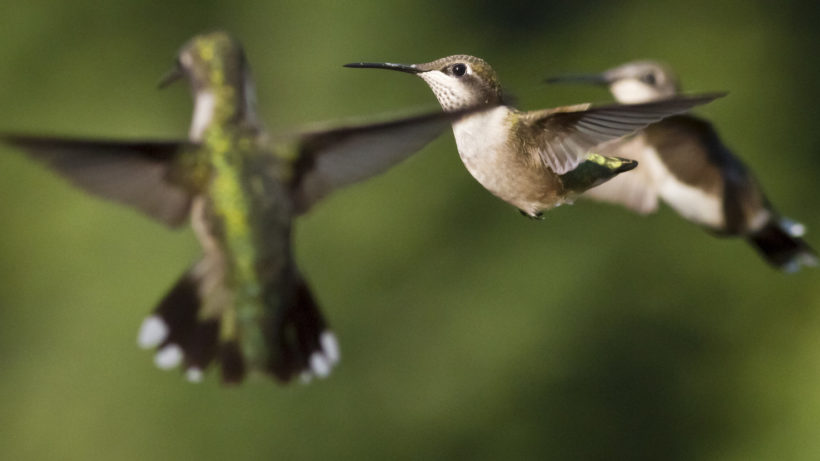
“Hummingbirds have such a fast metabolism that they’re always on the edge of starvation,” Howard says. “They typically eat every fifteen minutes. They gorge before migration, almost doubling their weight in the week before they leave.”
Even so the journey takes so much energy that it is essential for them to find a habitat with food sources immediately when they arrive in the southern US.
“They may only need that habitat for a matter of hours, but without it they just couldn’t complete migration,” Howard explains.
The Nature Conservancy protects habitat along the Gulf of Mexico and in other areas to provide refuge to hummingbirds and other returning migratory birds.
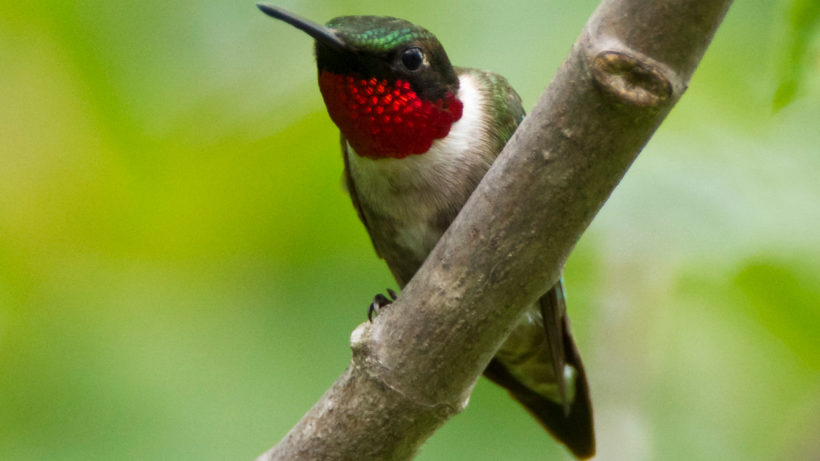
“One of the most important things that citizen science does is generate questions,” says Howard. “With so many people watching even for a common species like the ruby-throat, they may see things that are not conventional scientific wisdom.”
For example, observations in recent years call into question how ruby-throats decide when to migrate.
“In spring 2012, there was a heat wave. Most years, hummingbirds appear to migrate in response to daylight — they usually move in lock-step with day lengths,” Howard reports. “That year we got reports farther north and far earlier than ever before for hummingbirds. Normally around April 1st we would see hummingbirds at 38° N and that year they were at 48° N — about 500 miles ahead of where they would typically be.”
You can see the difference in the timing of ruby-throated hummingbird arrivals during a cooler spring in 2013.
In April of 2014, one woman in South Dakota found a hummingbird in her garage that must have been driven by a storm the previous day and had died. She was able to submit a picture to Journey North and report the anomaly.
Without a citizen science monitoring network and a place for people to report, scientists would not have known about these variations in migration events. Now, because of citizen science reports, there are new questions about how hummingbirds adjust their migration in warmer years.
Report Your Hummingbirds
If you have hummingbird feeders or a garden with nectar sources that are frequented by hummingbirds submit your sightings to Journey North.
Follow this checklist to report the first hummingbird that you see, the nectar sources that you see them use and more.
If you aren’t sure what kind of hummingbirds you see in your yard, the Journey North hummingbird identification guide includes 15 species commonly found in the US and Canada.
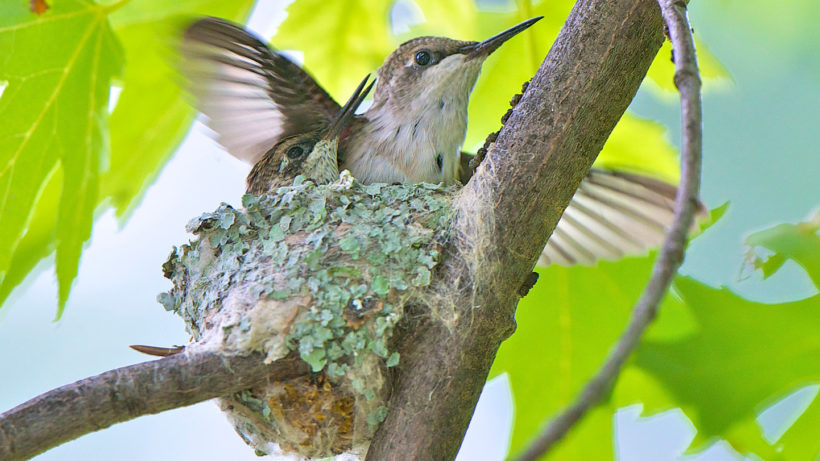
Your observations will appear on the migration map.
Journey North has facts, teaching resources and more materials for kids (and curious adults) to learn more about hummingbirds.
Watch for that green shimmer in your yard and help scientists understand the migration of these feisty little birds.
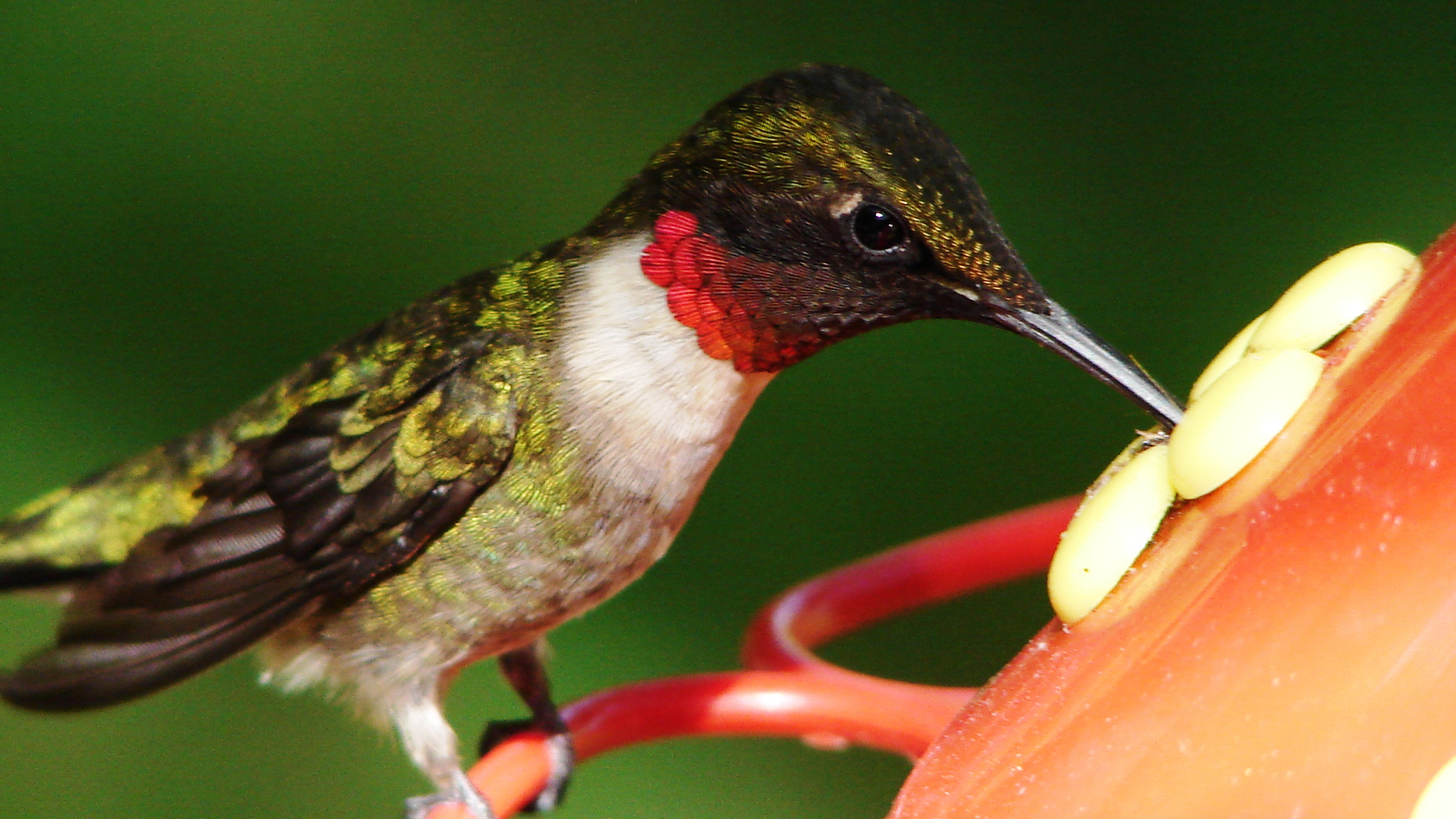
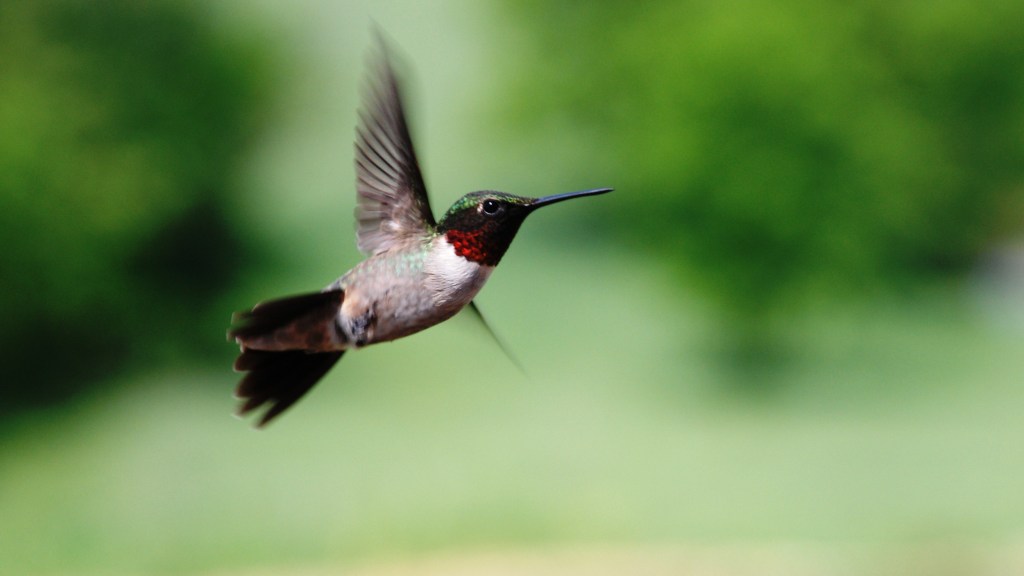





Is this still a project? We would love to spot our first hummingbird in southern WI. It usually happens around Mother’s Day. The links on this page, however, are all 404. Has the project been relocated? Thank you!
Our hummingbirds have been here all winter. In fact we have more this year than last couple of years. I have been filling the feeder every other day. I live in Henderson NV. I wish I could stop them from fighting over the food.
First Hummingbird; Male Ruby -Throated.
Our hummingbirds are feeding more as they prepare for their Ohio departure. Adorable!!!!!!
I live in east TN. I was seeing humming birds up until three weeks ago and now nothing. Why is this?
Hi Denise, Thank you for the comment! I hope that you will submit your observations to Journey North. It is difficult to know what is going on based on one observation, but when your observation is combined with others, scientists may notice a trend in the data, which will help them look for causes.